Lizards Show Transition From Carnivore to Herbivore
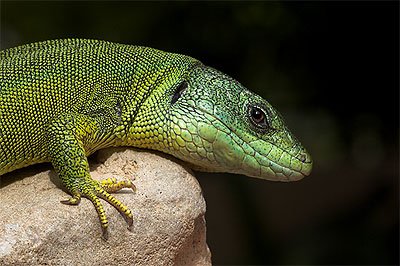
One of the coolest things about evolution and natural selection is that they are (and will always be) an ongoing process. Nothing in life is completely settled; small changes and adaptations are always occurring in every species on Earth as they fight for survival. This means that researchers and scientists actually have the opportunity to observe evolution in action. These may not be great leaps in the designs of form or function, but we can witness these small transitions of microevolution over time, providing us with a greater understanding of broader macroevolution.
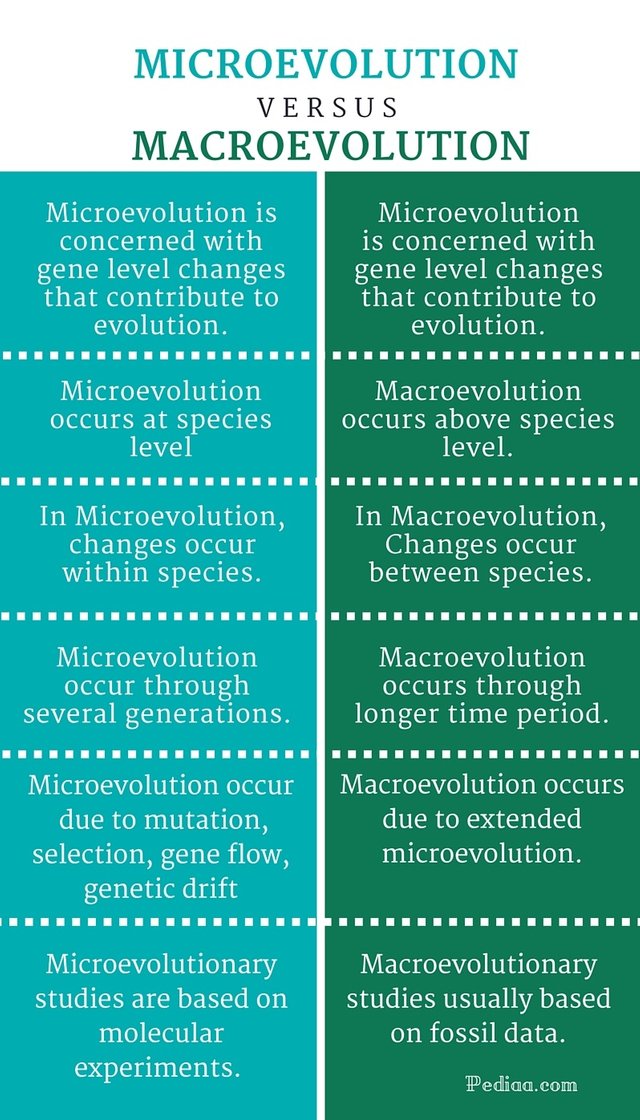
We know that, over time, many herbivorous species have descended from carnivorous lineages (and vice-versa). Perhaps one of the most well known (and most adored) example is the giant panda; like all bears, the panda falls under the order carnivora, however they are unique as exclusive herbivores that specialize on bamboo. Unfortunately, like many of the evolutionary transitions throughout the history of life, it is incredibly rare to find this meat-to-veggie transition in action, but a species of lizard may be about to change that.
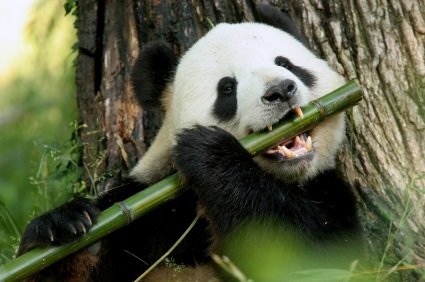
The Balkan green lizard (Lacerta trilineata) is a species that is native to the Greek archipelago and mainland. The green lizards are predominately insectivores, showing a clear preference for insects and other small arthropods, though they will occasionally nibble on vegetation in a pinch. Kostas Sagonas (University of Athens), believes that the lizards of the archipelago may be experiencing a scarcity of their preferred prey, and could be compensating by shifting their diets more towards plants than their mainland kin.
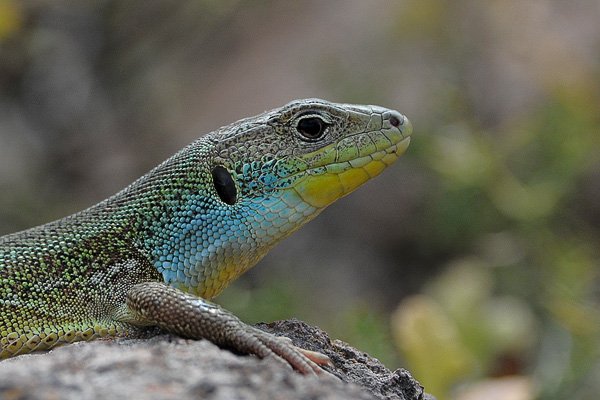
To start testing this theory, Dr. Sagonas took measurements of the bite force of lizards on both the mainland and archipelago. Herbivorous species often tend to have stronger jaws than carnivorous species, allowing them to chew up tough, fibrous plant matter. The lizards of the archipelago did prove to have a more powerful bite force, their average force around 18% greater than the lizards living on the Greek mainland. He observed their diet through both stomach contents and fecal samples, finding that the island lizards were consuming roughly 30% more vegetation than those on the mainland.
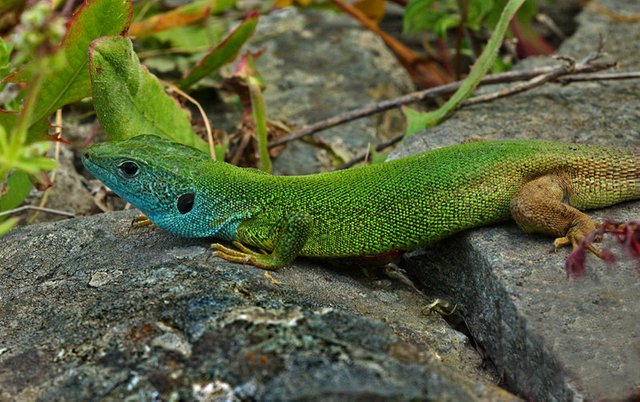
Sagonas collected 74 of the lizards, half coming from the mainland and half from the island. After a couple of weeks acclimatizing to diet of meal worms in a laboratory setting, each lizard was fed a single worm with a small plastic marker embedded inside it (Source). The team timed how long it took for the plastic markers to pass through the lizards' digestive systems; on average, the process took about 23% longer in the lizards living on the archipelago, suggesting that their digestive tracts might be longer. Herbivorous animals typically have much longer digestive tracts than carnivores to aid in breaking down the tough cellulose of plants; if the lizards truly did have different tract lengths, they very well might be making the transition to a herbivorous lifestyle.
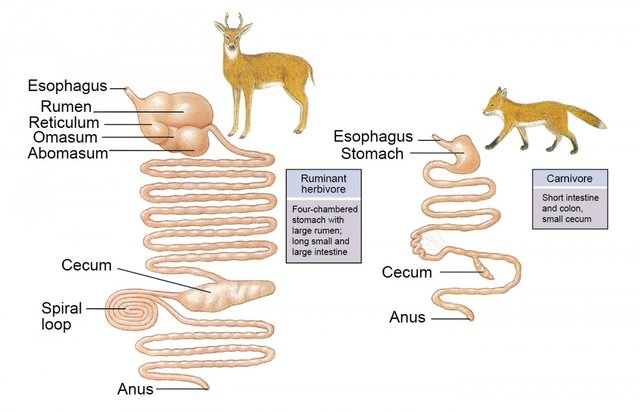
Fourteen lizards from each location were dissected to examine their digestive tracts. Despite being relatively the same size, their organs were not; the lizards of the archipelago had hindguts and intestines around a quarter longer than those of mainland lizards, but the real surprise came from the discovery of caecal valves. These are special chambers that house symbiotic bacteria that help break down plant matter to be more easily digested by the lizards. These caecal valves have been discovered in some herbivorous reptiles, such as iguanas, but were unknown to occur in Balkan green lizards prior to this study. The valves turned up in both the lizards from the island and the mainland, however they were more commonly found in the archipelago lizards; 62% of the island-dwelling lizards bore them as opposed to the 19% of those from the mainland.
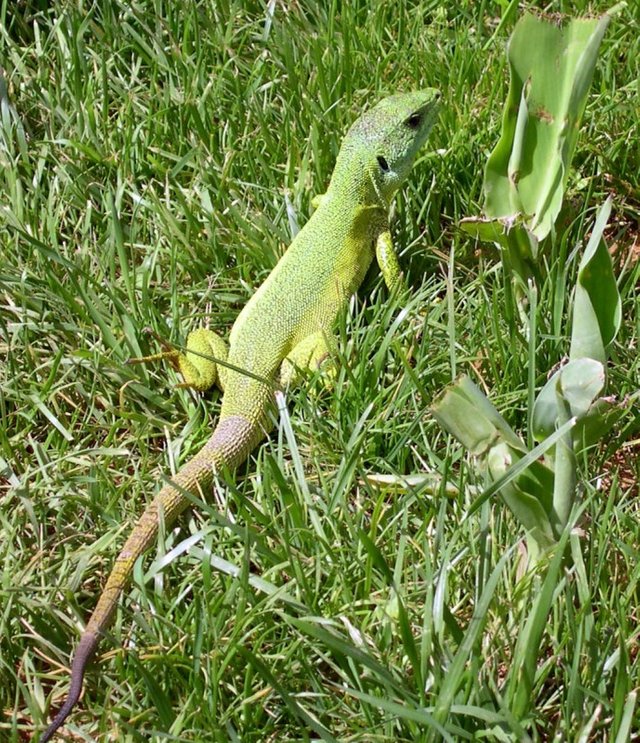
So what does this mean for the Balkan green lizards? Sagonas concludes that the scarcity of insects in the Greek archipelago is causing lizards there to rely more heavily on their herbivorous habits. As a result, natural selection favors the anatomical traits that support herbivory, such as a longer digestive system and caecal valves to obtain as much nourishment from vegetation as possible. For now, the lizards on the mainland and archipelago are still as single species and can interbreed, however as natural selection continues driving their behavioral and anatomical adaptations, it is likely we will witness a speciation event!
What a great post! This is what I came to steemit for. As I reply ... 174 votes, cool, $7.54, could be better votes out there, 8 views, sorry ... 8 views, yes, 8. Sorry @herpetologyguy - I hope there is another place where you can post this because it is such good stuff!
BTW, I live in Ecuador and the Galapagos witnesses some seriously fast mini-selections (eg. longer proboscis) in species over 2-3 generations.
Steem on - voted and followed
Namaste!
Thank you, I'm glad it was enjoyable!
The Galapagos and Amazon basin are high on my wishlist for visiting destinations!
I didn't know it was possible to witness evolution and the splitting of a given species in two classes! Wow!
Btw there is a typo in the table micro- vs macro-evolution. The second column first box should be macro evolution ;)
Isn't it awesome? We can see all sorts of microevolution in action today, both as a result of artificial and natural selection. This is part of the reason why many people accept evolution as a proven fact: while we can't physically observe large-scale macro evolution over a massive amount of time (other than fossil evidence), we can observe microevolution events to actually see small shifts and changes over time (and macroevolution is nothing more than ongoing microevolution over time).
I was wondering if anyone would notice the typo! xD That figure is from one of my old textbooks and I guess the mistake slipped through the editing process.
I have never thought about using this a proof for evolution! Thanks for pointing it out :D
Excellent research, not biased. Knowledge through observation, rather than from theory. Great post!